

Acrylic Paint
35.1 x 37.1 cm
2021
Tags
About this artwork
Estimated Value: $900-$1100 When speaking of his early years as an artist, Challenger highlights the influence of Surrealism, which he says "began to influence how I was perceiving and looking at different things." Signed and dated lower right Acrylic on paper - Framed
Offers & History
Insights
Artwork History
Jun 20, 2024
Dec 07, 2023
Peggy buyer protection
About the artist
Born in 1939 in Kent’s gothic coastal town of Ramsgate, Michael Challenger spent his early years under the spectre of the Second World War, particularly as the area near his childhood home was the target of bombing raids at the beginning of the war. As a teenager, Challenger was fascinated by the innovations in aircraft technology embodied by the challenge of breaking the sound barrier. At the age of sixteen he undertook a five-year engineering apprenticeship working in an aircraft factory, an experience which proved to be the impetus for his artistic career. During his final years at the factory he began working as a draughtsman on three-dimensional designs for aircraft components, and through this work he developed a sincere interest in art. Following his apprenticeship, he enrolled at Goldsmith's College, where he studied sculpture from 1960 to 1964. He then attended the Slade School of Art and eventually went on to teach sculpture, printmaking, and screen-printing at both institutions. Colours, Shapes and Music as Infinite Variations: Challenger's work is rooted in the Gestalt of his visual enigmas, which he skilfully evokes by combining colours, shapes, and geometric forms. His works feel in some way as if they were living, breathing entities, kept alive by their ever-changing nature. Challenger’s work is infused with a strong interest and background in classical music, and connections and analogies are easily made between the sphere of sound and that of his visual output. Even the creative act of producing non-existent visual compositions parallel that of a musician composing an original piece of music. Challenger once described his works as "visual sound" with which the viewer, willingly or not, will inevitably engage mentally through the mere act of looking. The viewer’s eyes dance between movement and stillness, working to make sense of Challenger’s forms which seem to constantly protract and recess, never standing still. The Interest in Surrealism And de Chirico's Metaphysics: When speaking of his early years as an artist, Challenger highlights the influence of Surrealism, which he says "began to influence how I was perceiving and looking at different things." Through one of his instructors at the Slade School and textbooks found in the institution's library, Challenger came in contact with the metaphysical artwork of Giorgio de Chirico. The alienating enigmas in de Chirico’s work impressed him greatly, and Challenger eventually gained access to the only de Chirico collection in Britain in the private collection of Surrealist painter and renowned collector Roland Penrose. The Gradual Path to His Visual Enigmas: Challenger cites 1966 as the beginning of his artistic exploration into spatial illusion, while working on a sculpture of a swimmer in the act of doing a crawl. The area representing water was deliberately left empty, leaving the task of identifying and filling the unseen space to the viewer's brain and perception. Challenger explains, "This was a start in the sense of geometry, but the illusion was weakened by the fact that it was not a real person, but a fiberglass replica.” Around this same time, Challenger taught printmaking at the Chesterfield College of Art and Design, and it was here that he studied the technique of screen-printing in all its variations. Challenger found this to be a remarkably efficient technique for creating geometric shapes and flat areas of colour. While many artists come to printmaking later in their careers, for Challenger it was printmaking that led him towards painting. Challenger notes that printmaking was a key influence and shaper of his later artistic output; he continued, "Once I started to use silkscreen, it did all the things I was wanting the other media to do, but much, much better." The technical and formal qualities of the works he created with screen-printing opened the door to Challenger’s unique analysis of geometric forms that transcended the medium itself. During this same period, Challenger created sculptures in the form of cubes and pyramids, first building them himself from plywood and then having them made from sheet metal by a company that specialised in three-dimensional metal signs. Between London, Italy and the United States: Having won the award of the Sainsbury Prize for Sculpture in 1966, in the early 1970s Challenger started a three-year collaboration with The London Arts Gallery on New Bond Street, and his astonishing geometric prints began to circulate globally. Following that collaboration, Challenger moved to Verona, where he held a studio and worked profusely on screen-prints. Challenger has exhibited his work in Verona, Rome, Detroit, New York, London, Rotterdam and at the historic Galleria del Cavallino in Venice. Today Challenger lives and continues to work from his three-story art studio in South London’s Borough Market.

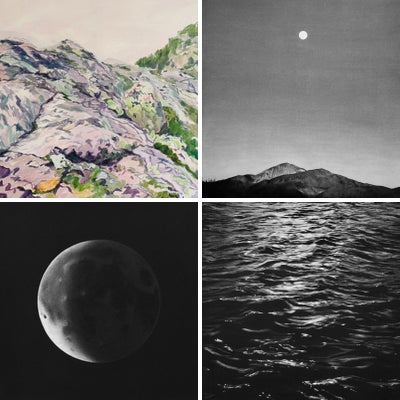
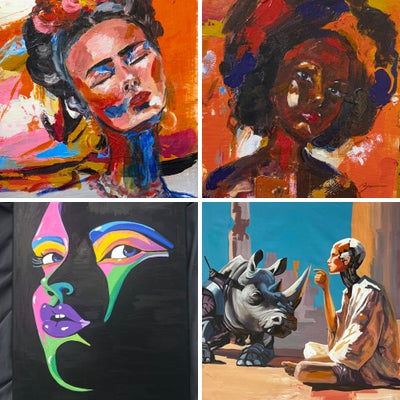
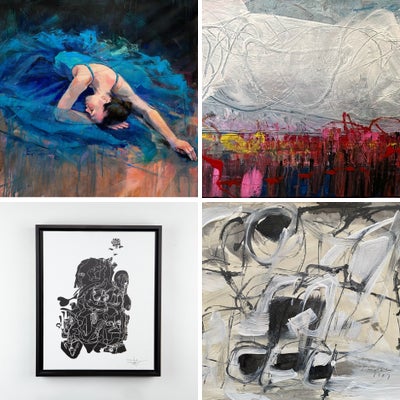

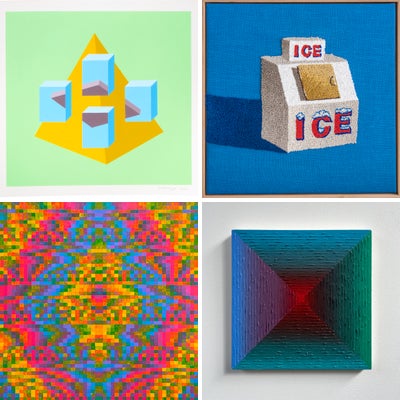
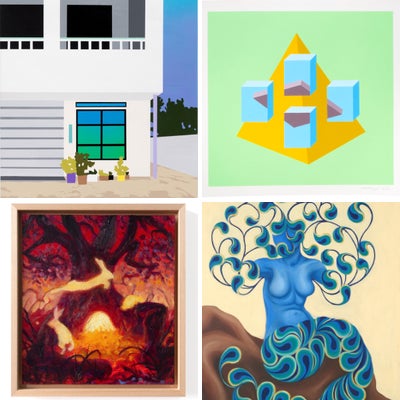
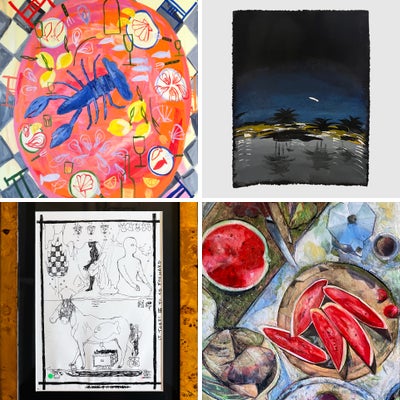

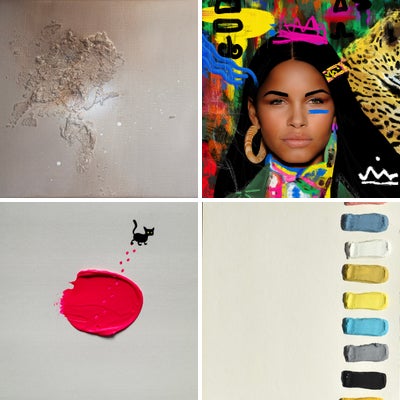

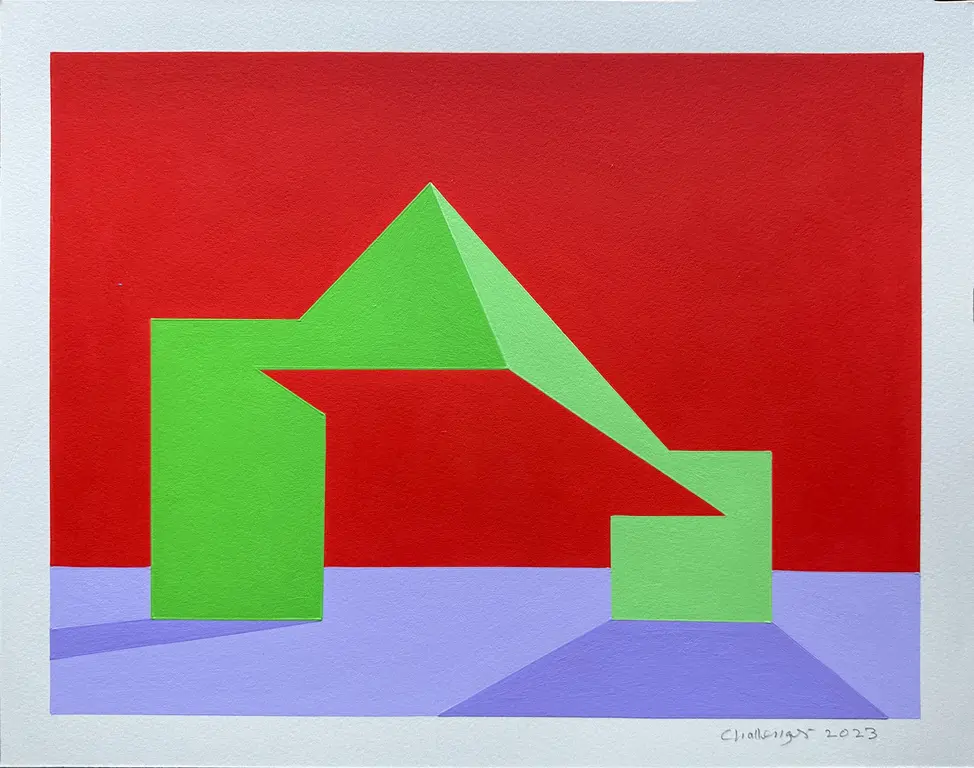


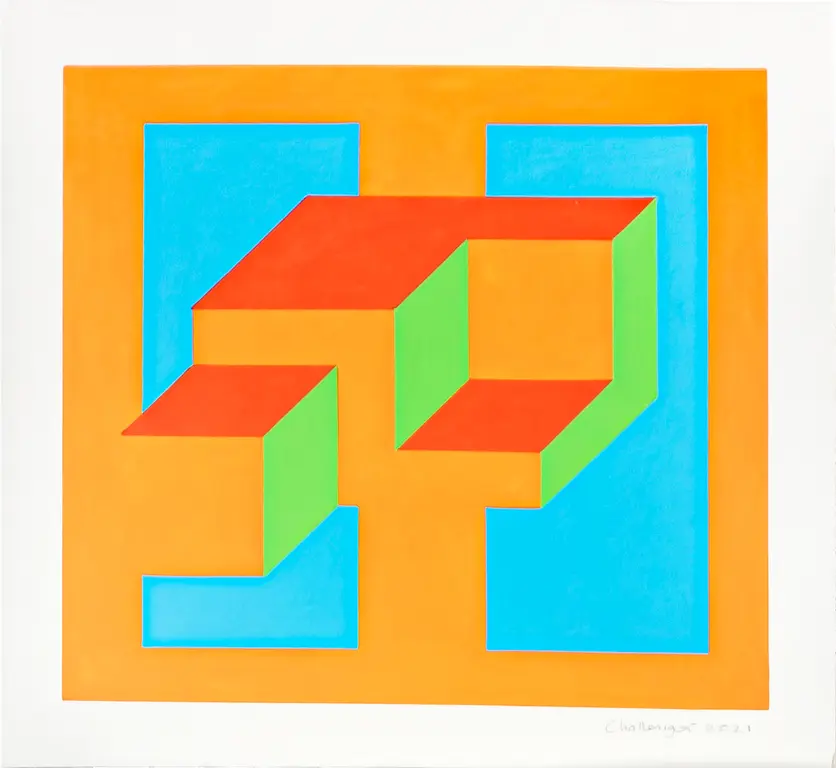
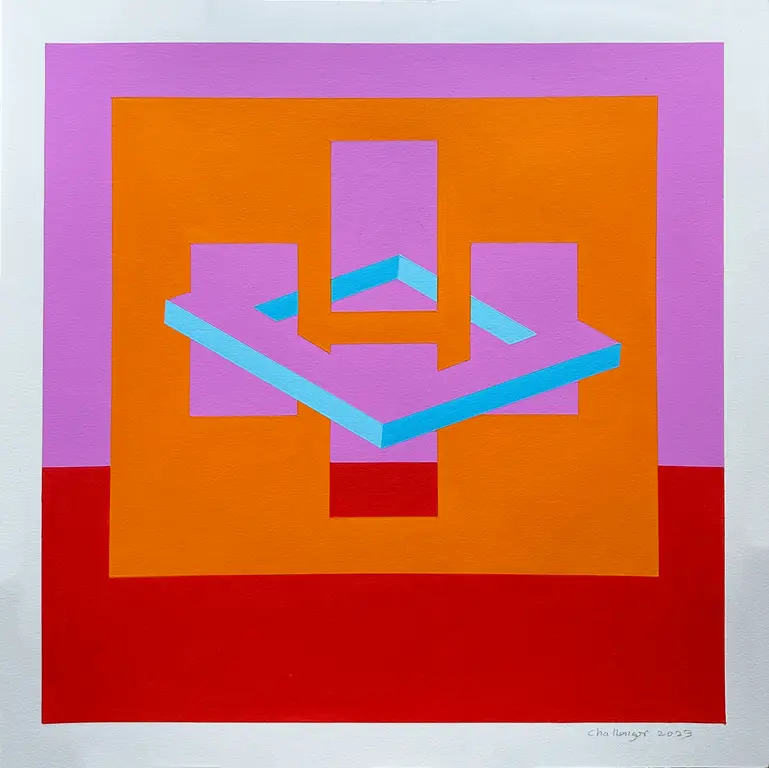
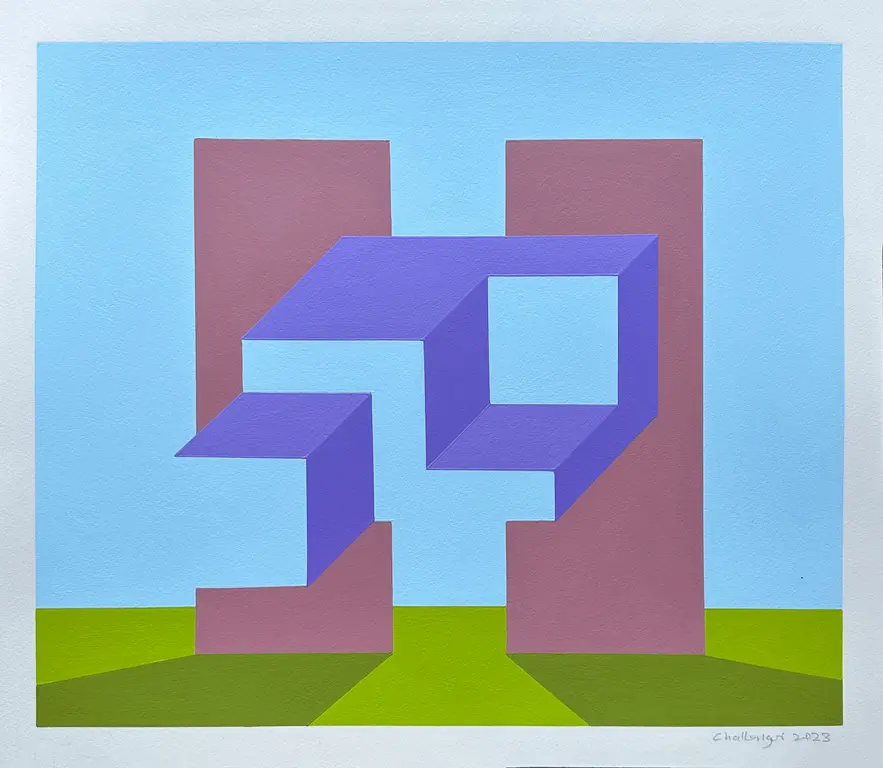
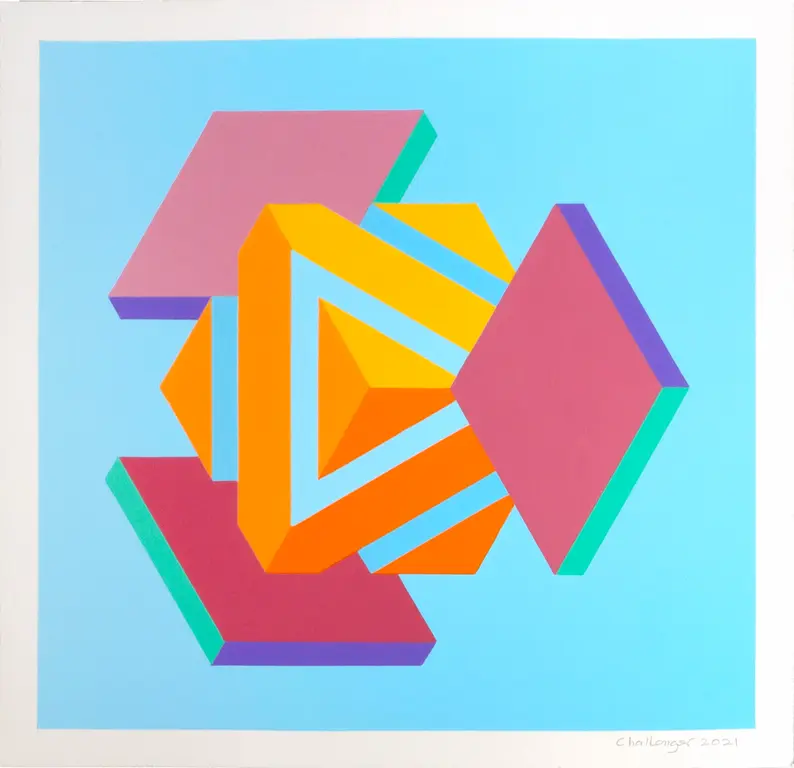
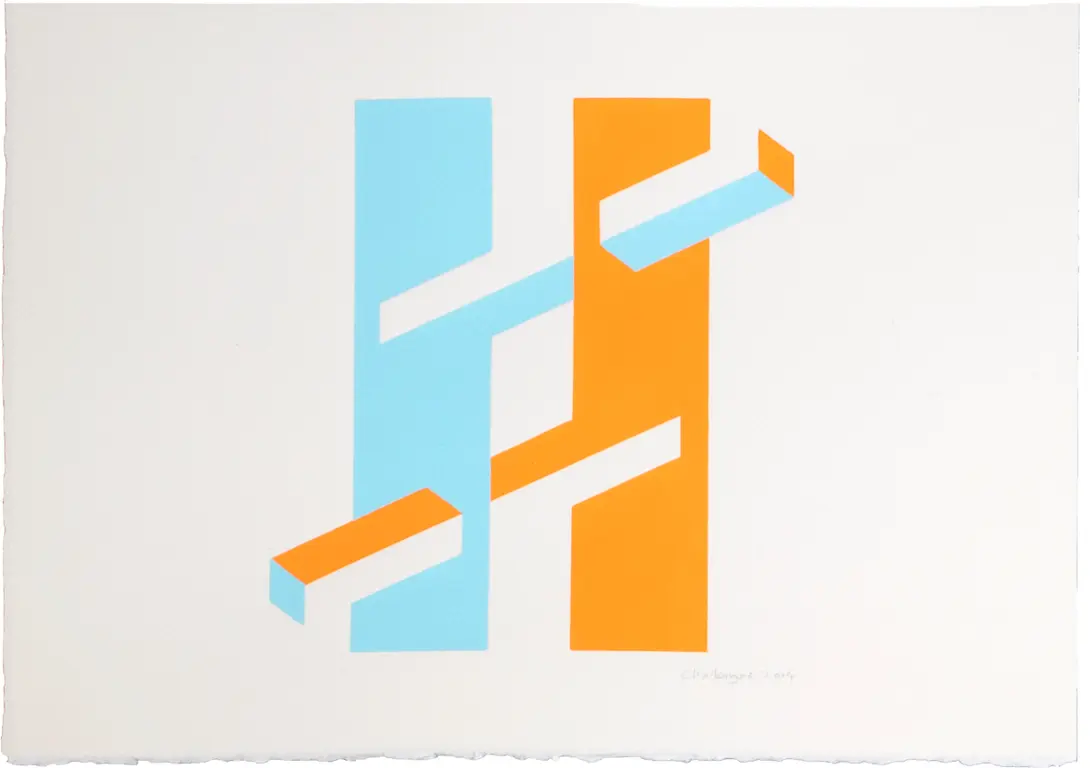
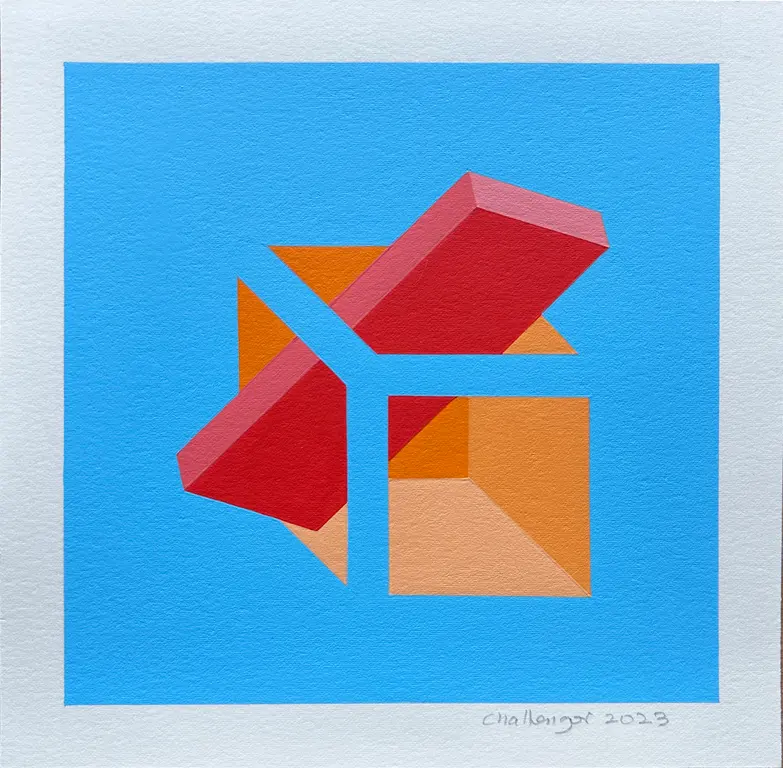
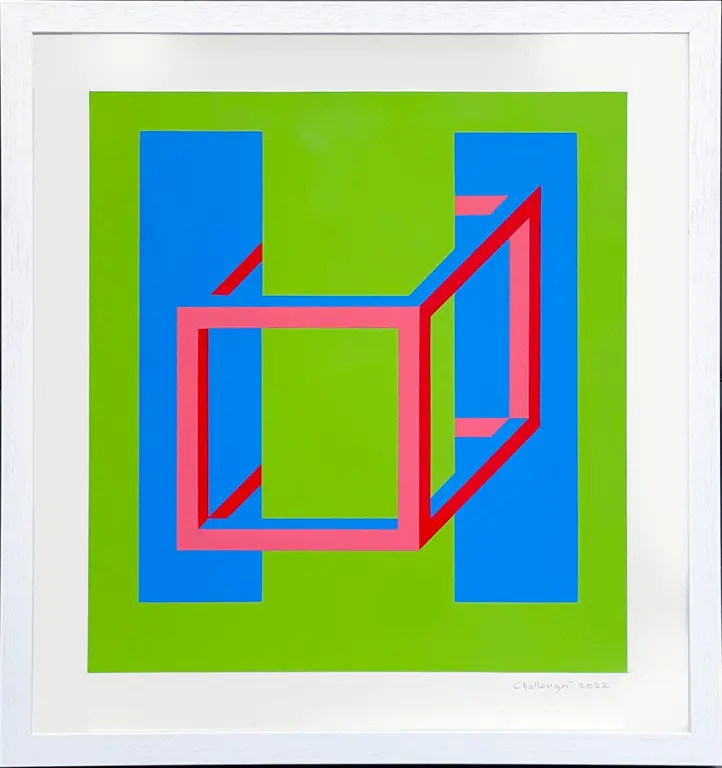
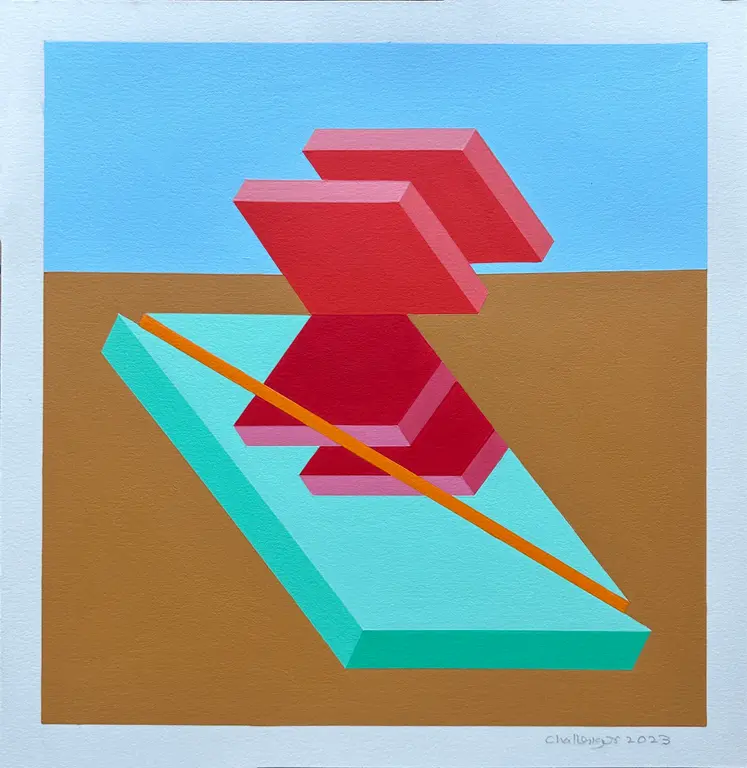
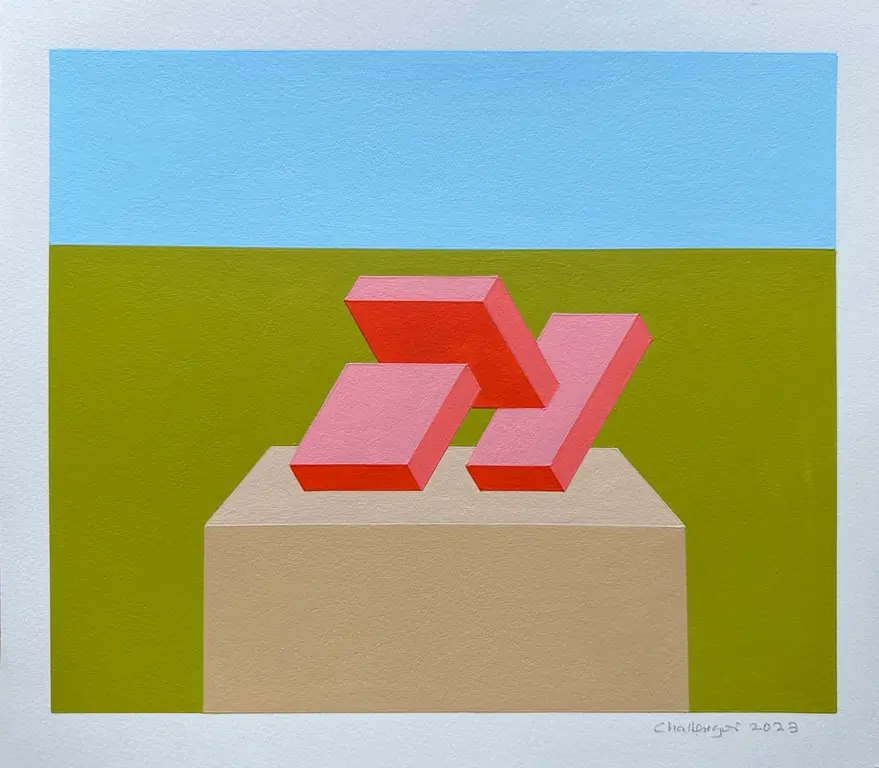
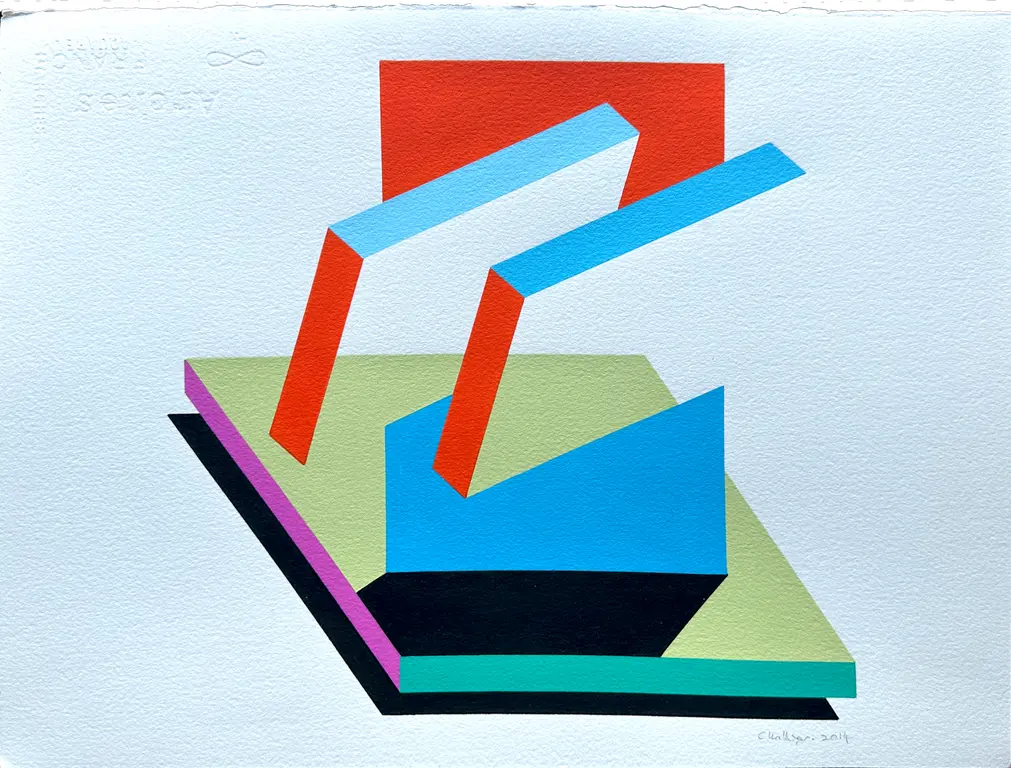
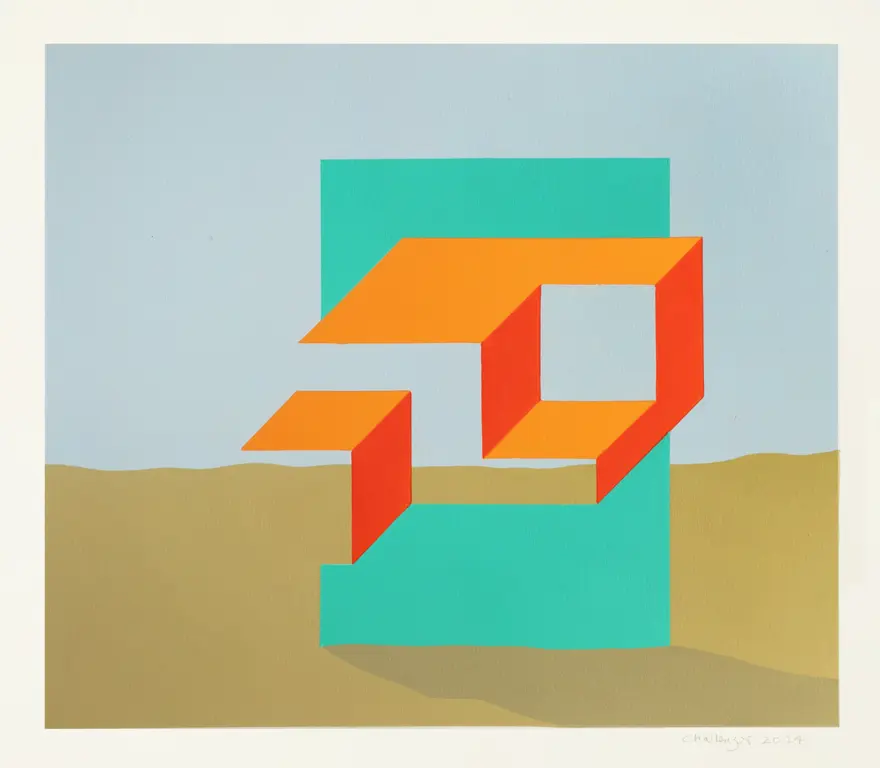
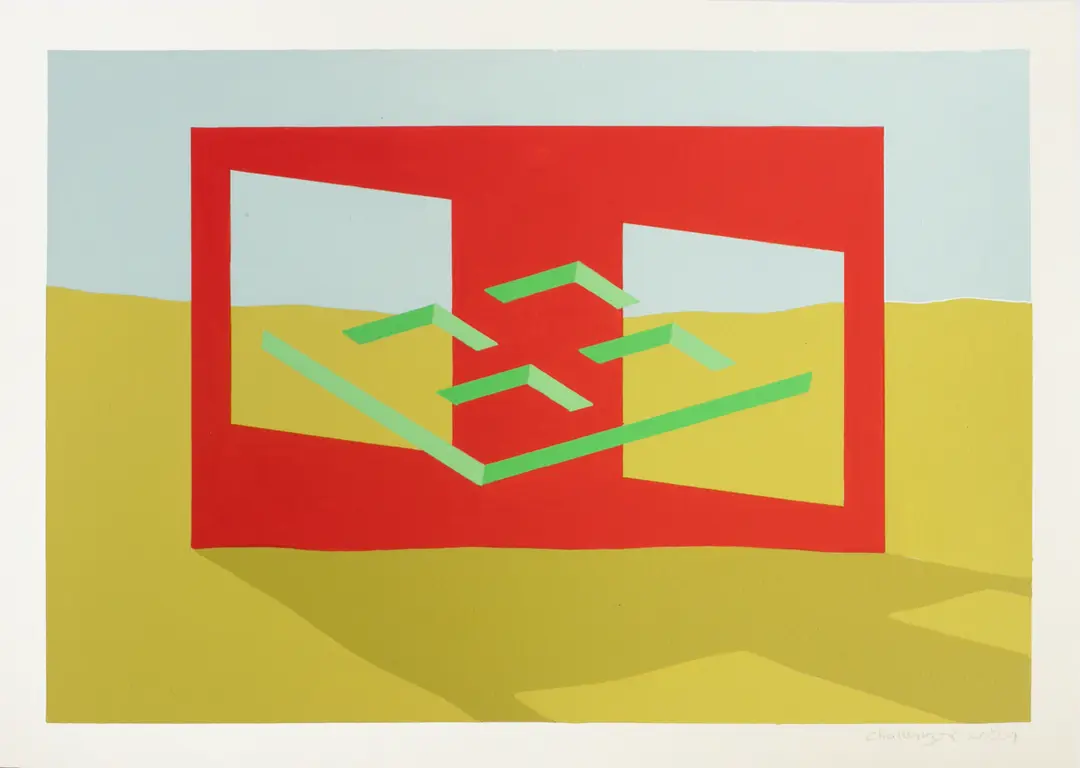
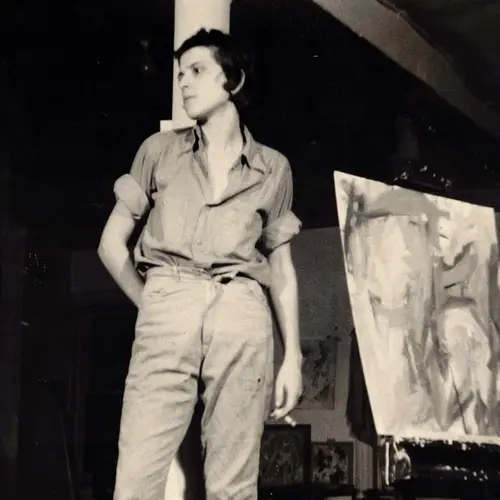
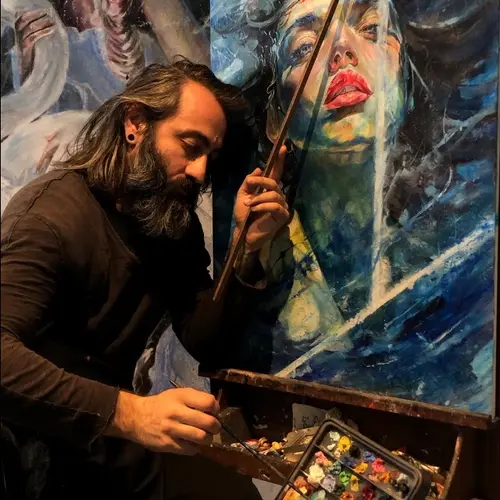
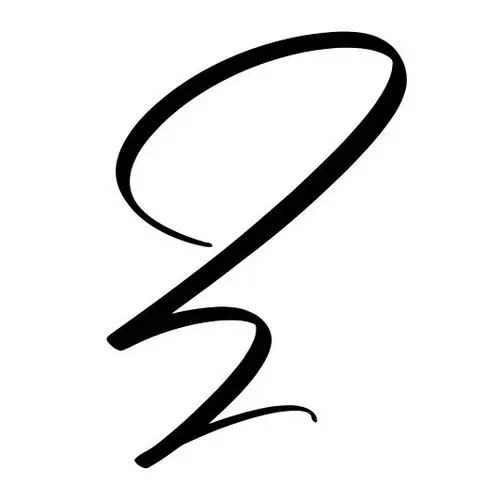

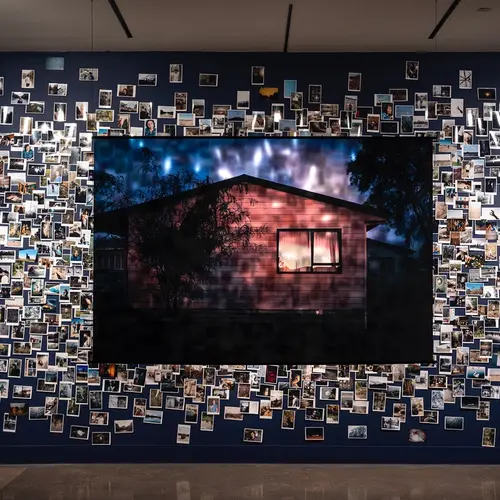

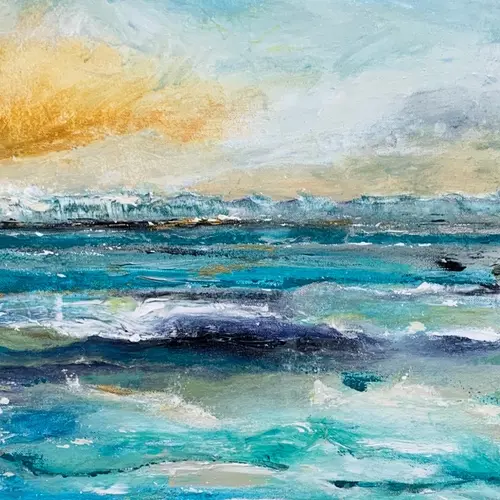
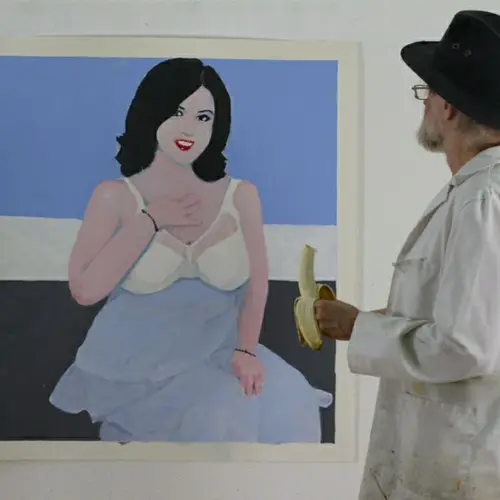
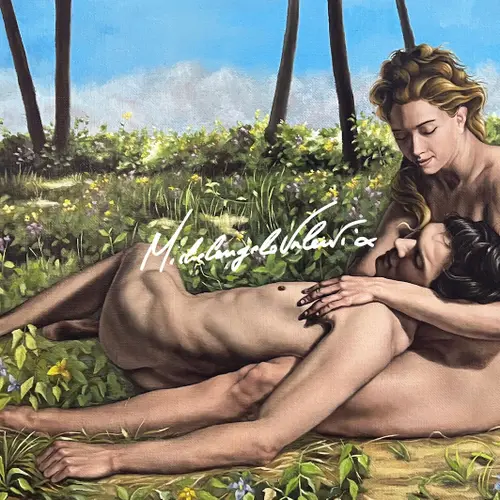
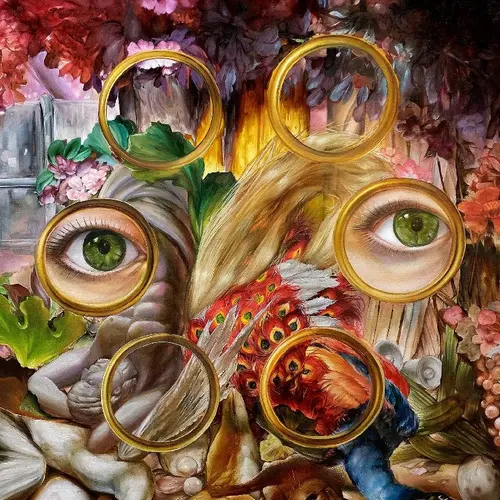
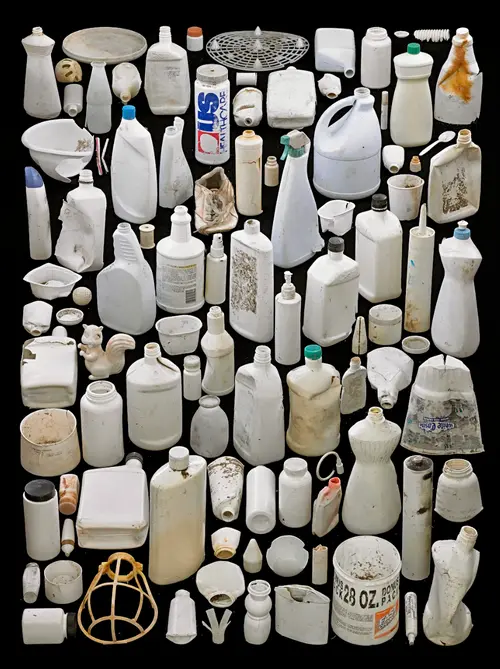
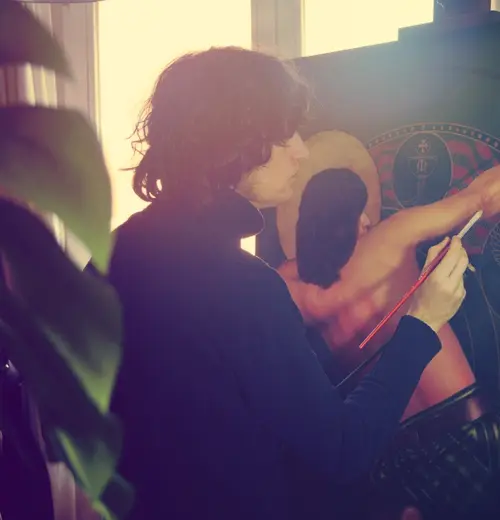




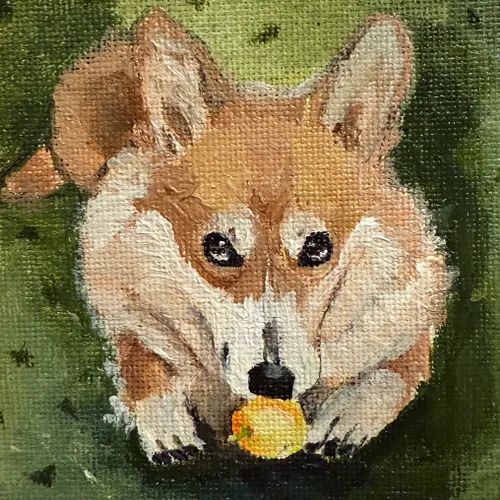
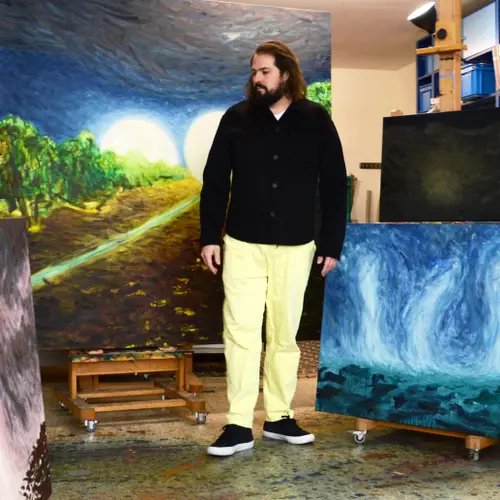
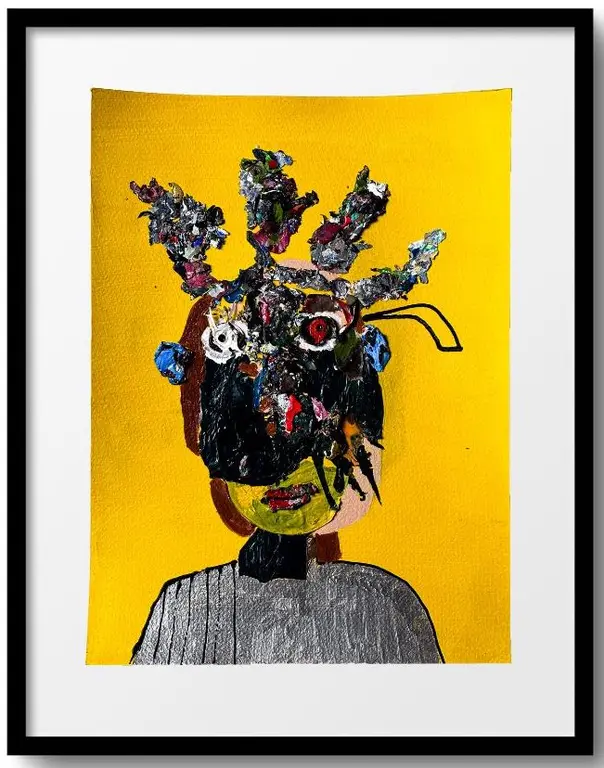

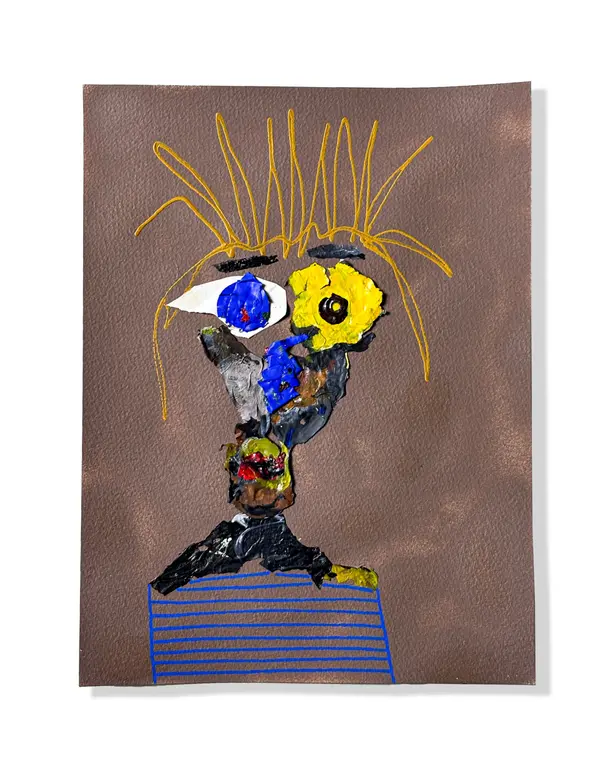

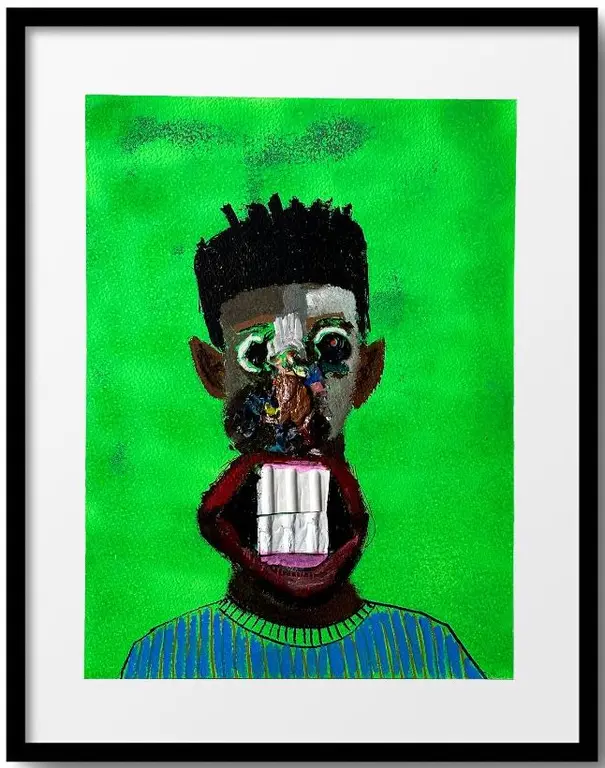
Comments (0)